画像をダウンロード e minor scale piano finger position 325464-E minor scale piano finger position
Note that the intervals that make up the Am pentatonic scale are universal to all minor pentatonic scales The only thing that changes is the root note from which the scale is built 5 positions of the A minor pentatonic scale The notes for the A minor pentatonic scale are found all over the fretboard, as shown in the diagram belowThe white keys on a piano are notes that are in their natural stateThat is, the pitch is unaltered, such as a C or an AWhen a note is raised by a half step by adding a sharp or flat accidental, the key that often corresponds to the accidental is a black key—which is a half step away from its neighboring white keyThumb, middle finger, little finger (right hand) Em Notes E G B
Q Tbn And9gcrfqytmowz6kyknol91ytl2fm2aihn5xqcacqalrw5elmzghu Usqp Cau
E minor scale piano finger position
E minor scale piano finger position-E Melodic Minor Scale For the melodic minor scale, you raise the sixth and seventh notes of a scale by a half step as you go up the scale and then return to the natural minor as you go down the scale The notes of the E melodic minor scale ascending are E, F♯, G, A, B, C#, D#, E The notes of the A melodic minor scale descending areE, F♯, G, A, B, C, D, E (E natural minor scale)Using the minor 7 chord formula 1 – 3b – 5 – 75, the notes used in the E minor 7 chord are E – G – B – D Note that both G# and D# are lowered by one semitone You do not play these notes but instead play G and D E minor seventh and all minor seventh chords consist of four notes and is formed by combining the root, flat third
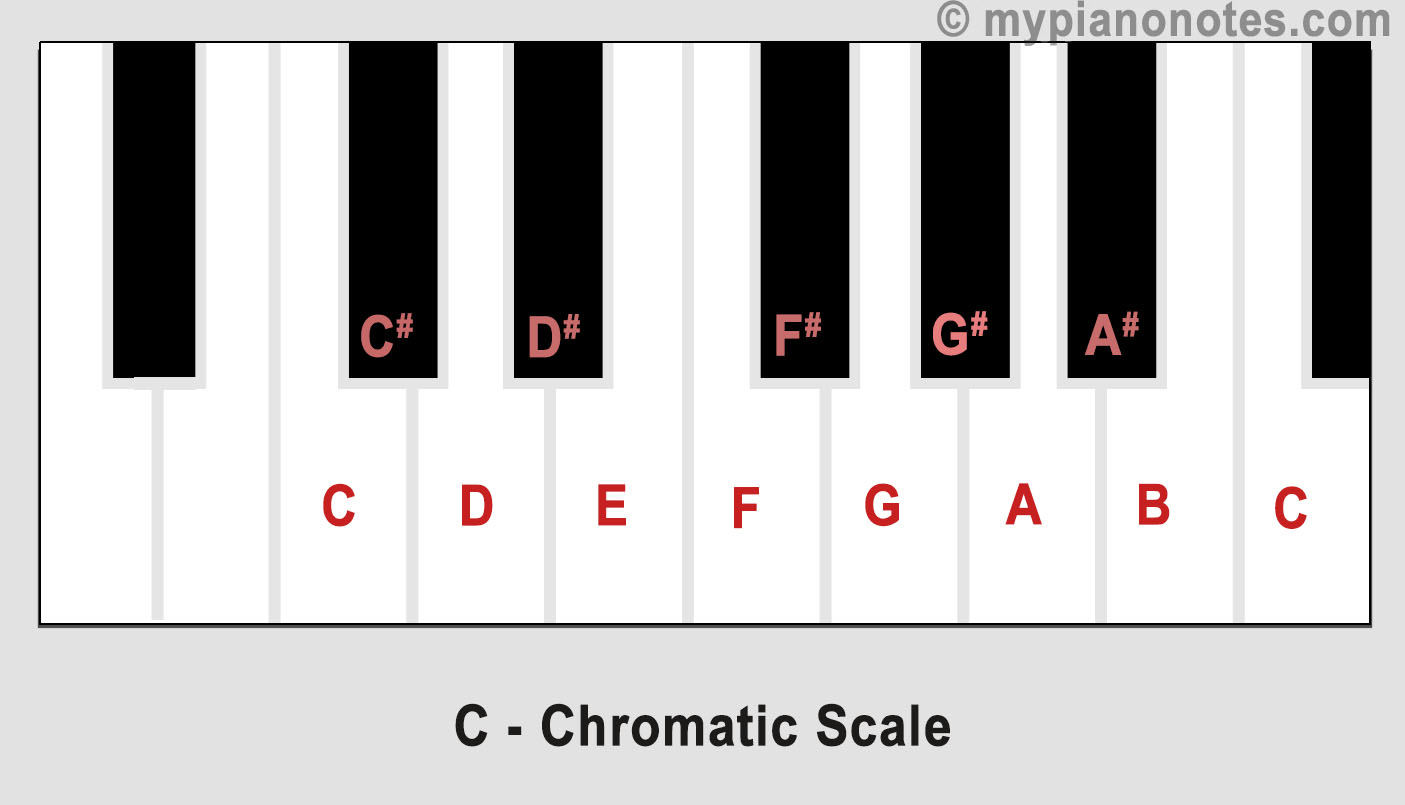


Piano Scales Complete Guide With Examples
The first sequence is and it involves a movement with the thumb going under the index and middle fingers After you reach the next octave you turn around and this time it is the other way around you move your middle and index finger over the thumb ()D Minor Pentatonic has the same notes as F Major Pentatonic and so on (a complete list can be seen below) Knowing this will make it easier for you to memorize the scales Minor Pentatonic Scales Here are pictures and notes of the Minor PentatonicTheory The E minor chord is constructed with a root, a minor third An interval consisting of three semitones, the 3rd scale degree and a perfect fifth An interval consisting of seven semitones, the 5th scale degree Fingerings Little finger, middle finger, thumb (left hand);
The simplest fingering for a threenote chord such as C major chord with the left hand is 531, that is, pinky, middle finger and thumb The pinky would go on the C, the middle finger on the E and the thumb on the G This fingering can be used for all major and minor chords on the keyboard regardless of whether they have black keys or notEsharp minor triad chord The Solution below shows the Esharp minor triad chord in root position, 1st inversion and 2nd inversion on the piano, treble clef and bass clef The Lesson steps then explain how to construct this triad chord using the 3rd and 5th note intervals, then finally how to construct the inverted chord variations For a quick summary of this topic, have a look at Triad chordScale Fingerings Harmonic Minor Scales Note These are the scale fingerings going UP To go down, simply start from the right side Note For 2 octaves, repeat the pattern but whenever you see a "5" replace it with a "1" (except at the top and bottom of the scale) A Minor C Minor
E minor 7th chords The Solution below shows the E minor scale 7th chords, (i 7, ii ø 7, III 7, iv 7, v 7, VI 7, VII 7) on a piano, with mp3 and midi audio The Lesson steps then explain the 7th chord construction from this scale, and how to name the quality of each chord based on note intervals For a quick summary of this topic, and to see the chord quality chart for this scale, have aHere are the E Minor Scales the natural minor scale, the melodic minor scale, and the harmonic minor scale Fingerings are included Learn the scales ascending and descending First, try one octave, and then try two octaves (Eventually, you should be able to play each scale with both hands, ascending and descending, four octaves) Master theA Major A Minor D¨ Major E¨ Minor E Major E Minor C MAJOR FINGERING GROUP All scales have same fingering Finger number 3s always fall together When first learning HT, follow the RH closely ascending, follow LH closely descending, making sure 3s fall together


Shortcomings Of The Natural Minor Scale And The Origin Of The Harmonic Minor Scale Hear And Play Music Learning Center



How To Play The E Minor Chord On Piano And Keyboard Em Emin Youtube
D Minor Pentatonic has the same notes as F Major Pentatonic and so on (a complete list can be seen below) Knowing this will make it easier for you to memorize the scales Minor Pentatonic Scales Here are pictures and notes of the Minor PentatonicE minor inversions Explanation Em/G is an E minor chord with G as the bass note and Em/B is an E minor chord with B as the bass note Em/G (1st inversion) Fingerings 531 (LH) 135 (RH) Em/B (1st inversion) Fingerings 521 (LH) 135 (RH) See also Em chords with alternative bass notes ›The Harmonic Minor Scale is one of three minor scales The other two are the Natural Minor and the Melodic Minor The sound of the Harmonic Scale is somewhat characterized by the music of the Middle East The Harmonic Minor differs from the Natural Minor by the sharpened seventh note, and this minor scale is consequently not played in the same
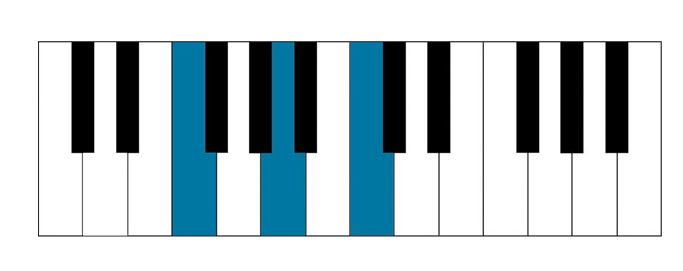


Piano Fingering Exercises Scales Chords And More



C Minor Scale Finger Pattern Single Octave Right Hand Rushisbiz Com Youtube
7th Position Playing the E minor scale in seventh position requires positioning your hand up to play notes on the seventh, eighth, ninth, and tenth frets as shown in the diagram below 12th Position To play the E minor scale in 12th position, you'll play notes on the 12th, 13th, 14th, and 15th frets as shown in the diagram belowLearn about major and minor scales, chord intervals, and check out the piano chord chart Find out all about piano chords with this guide for beginners Programs Overview Online Little Wing Rookies Rock 101 Performance Songwriting Adult Program House Band AllStarsThe augmented second in harmonic minor scales must fit conveniently under the hand (preferably between 1 and 2 or 2 and 3, except for the left hand of E♭/D♯ minor) When working out scale passages in real music, consider alternatives that align the fingering patterns between the hands
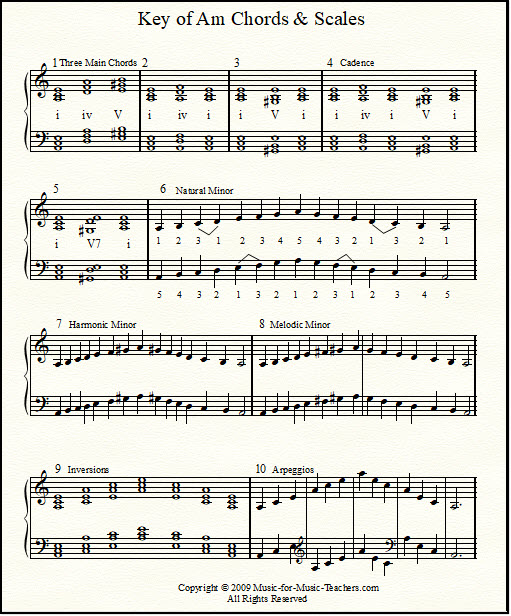


Harmonic Minor Scale And Chords Natural And Melodic Minor Piano Music Scales



Major Minor 9th Chords Progressions Practice Drills Exercises
Fingered Practice Scales Good fingering is a valuable skill to have as a pianist When you practice piano fingering, you're enabling your fingers to execute new techniques, master awkward positions, and exercise speed and flexibility Practicing fingering may seem tedious at first, but stick with it;Bellingham Music Teachers' Association Scale and Arpeggio Fingering Chart for Piano Major and Minor Scales and Arpeggios (Two Octaves) Chromatic ScaleThe Natural Minor Scale is often referred to simply as "the Minor Scale"



Free 5 Finger Major Scales In 12 Keys For Piano Piano Music Notes How To Memorize Things Piano Scales


F Sharp Minor Scale Natural Melodic And Harmonic
When going from major to minor, you really only need to lower the 3rd note of the scale by halfstep For example, the only difference between C major and C minor is the 3rd note of the scale ('E' as opposed to 'Eb') The fingering that you should use for these 5finger major and minor scales is the same in every key For the left hand (ascending), the fingering is For the right hand (ascending), the fingering isYour fingers will adjust quicklyLearn how to play the A minor melodic scale in this piano lesson with Thomas Lemmon Learning how to play scales will improve your piano playing!



Triads For Jazz Piano Pianogroove Com
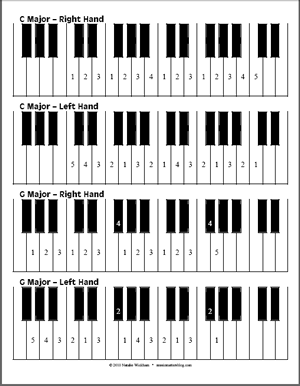


Free Piano Scale Fingering Diagrams Music Matters Blog
Right Hand Fingering Of The Melodic Minor Scale In All Twelve Keys On the right hand, here's how the fingers are numbered from left to right Thumb (1) Index finger (2) Middle finger (3) Ring finger (4) Pinky finger (5) C melodic minor scale 1, 2,3 – 1,2,3,4 (repeat severally or end with 5) C# melodic minor scaleBelow are the finger positions to this variation of the E minor This one is actually derived from the E minor barre shape, rooting on the A string Put your index finger on the high E string at fret 7 Put the middle finger onto string B at fret 8 Now your ring finger will go to string G on fret 9 Don't play the other stringsThe third finger of the left hand starts off on the E flat and when your thumb hits the G key, the fourth finger comes over and hits the A flat Continue up the scale finger by finger until the thumb hits the D Finish off the scale by bringing the third finger over to hit the E flat octave Come back down using the same fingering For the next lesson, I recommend you check out the E Flat Minor Harmonic Scale


Major Scale Fingering Piano



Pin On Piano Teaching Ideas
The below diagrams show you how to play the E minor chord in various positions on the fretboard with suggested finger positions E minor chord attributes Interval positions with respect to the E major scale, notes in the chord and name variations Scale intervals 1 b3 5 Notes in the chord E G B Various names Em E Minor EminNote that A Minor Pentatonic has identical notes with C Major Pentatonic but in different order;This is a pretty easy chord to play, comprising of only white piano keys How is the E minor chord formed?


Violin Viola Piano 3 Octave Fingerings Beststudentviolins Com



Basicmusictheory Com E Minor Pentatonic Scale Pentatonic Scale G Minor Minor Scale
Left hand standard bass fingering for accordion major scale is 4 2 4 5 3 5 3 4 etc harmonic minor scale 3 2 5 3 2 5 2 3 etc The fingers preceded by a dash are using notes on the counterbass row All scales are the same fingerings in all keys Melodic minor is a combination of these two scales @dare opes Pentatonic scales use only figersE minor 7th chord The Solution below shows the E minor 7th chord in root position, 1st, 2nd, and 3rd inversions, on the piano, treble clef and bass clef The Lesson steps then explain how to construct this 7th chord using the 3rd, 5th and 7th note intervals, then finally how to construct the inverted chord variations For a quick summary of this topic, have a look at Seventh chordI will be using piano hand positions approaches that have worked for me, specifically that of my teacher Dr Follingstad, as well as tips from renowned piano teachers like Leschetizky, Dohnanyi, and Alfred Cortot Step One To get a natural piano finger position, try standing up beside your piano and relaxing your hands at your sides If you



How To Play Clarinet Scales E Minor Making Music Magazine



The E Minor Scales
Recently we put up the piano fingerings for the major scales It is important for all musicians to familiarize themselves with scales, and learning them on the piano is helpful to all musicians because the piano is the best instrument for visualizing what you are actually playing The piano makes it easy to see what is happening theoreticallyA Major A Minor D¨ Major E¨ Minor E Major E Minor C MAJOR FINGERING GROUP All scales have same fingering Finger number 3s always fall together When first learning HT, follow the RH closely ascending, follow LH closely descending, making sure 3s fall togetherThis lesson is all about the E minor scale There are three types of minor scales and we shall take a look at all of them here They are the natural, melodic and harmonic minor scales E Natural Minor Scale Let's start with the E natural minor scale This scale consists of the pitches, E, F♯, G, A, B, C, and D



Pin On Free Piano Exercises



All Major And Minor Scales Including Fingering For Piano Oktav
Piano Major Scales Major scales are the most important piano scales firstly, because they are very common and, secondly, because they are fundamental to understand keysIf you hear someone mention that a piano sonata by the composer and pianist Franz Schubert is played in A Major, it means that it depends on the A ScaleResource for Piano Scales Fingering for all scales, including the E major scale on piano, can be found in the Complete Book of Scales, Chords and Arpeggios here on Amazon (this is an affiliate link that will earn a tiny commission) This is a handy resource when learning scales (and also arpeggios) E Major Scale Fingering Up & DownTo find the ideal position, hold your fingertips on the surface of the keys while maintaining the firmness of the knuckles of the hand Move your wrist upwards and downwards and notice the tension created by having the wrist be either too high or too low



Melodics Melodics Support



The Minor Scales Music Theory Academy
7th Position Playing the E minor scale in seventh position requires positioning your hand up to play notes on the seventh, eighth, ninth, and tenth frets as shown in the diagram below 12th Position To play the E minor scale in 12th position, you'll play notes on the 12th, 13th, 14th, and 15th frets as shown in the diagram belowHere are the fingerings for this scale The numbers indicate the fingers to be used for each note For either hand, the thumb is finger 1, index finger is finger 2, middle finger is 3, ring finger is 4 and pinky finger is 5 Fingerings (Left Hand) 5, 4, 3, 2, 1, 3, 2, 1Learn how to play the A minor melodic scale in this piano lesson with Thomas Lemmon Learning how to play scales will improve your piano playing!


Scale Fingering Chart For Piano Organ Or Electric Keyboard
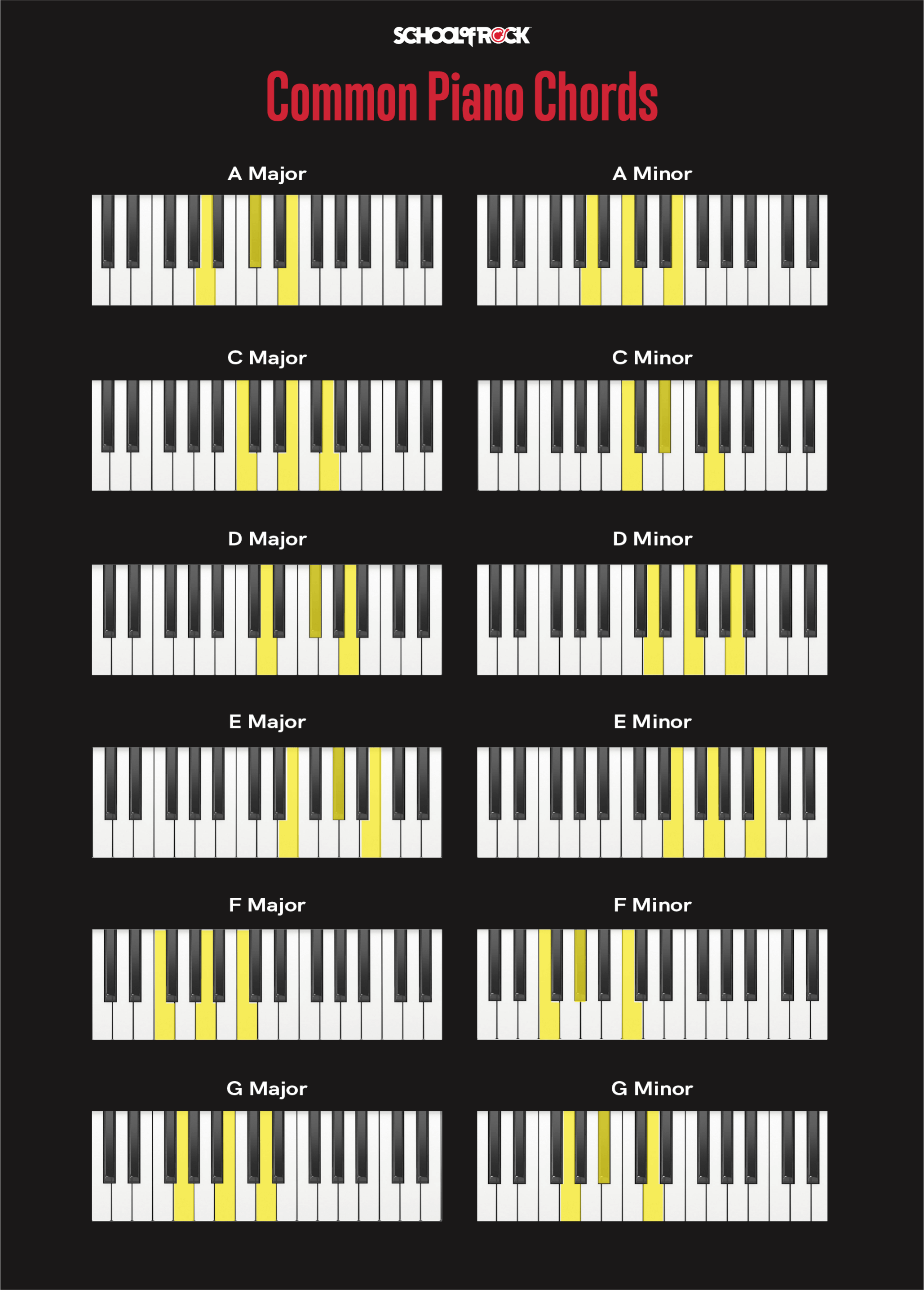


Piano Chords For Beginners School Of Rock
The E minor pentatonic scale contains the notes E, G, A, B and D It is produced by taking the 1, b3, 4, 5 and b7 of the E Major scale It's one of the easiest scales to use over E minor chordsD flat has five flats and they are B, E, A, D, G RH 23 1234 123 1234 12 LH 321 4321 321 4321 2 G flat has six flats and they are B, E, A, D, G, C RH 234 123 1234 123 12 LH 4321 321 4321 321 2 Note B, D flat and G flat have enharmonic equivalents Jazz Piano class – RH only up and down one octaveNote that A Minor Pentatonic has identical notes with C Major Pentatonic but in different order;


Q Tbn And9gcsxwkrpa6cjm8dgxrsgd0wgjgu1 2zmjxe Vnvgfqs 59oc85 Usqp Cau


C Sharp Minor Scale Natural Harmonic And Melodic
Bellingham Music Teachers' Association Scale and Arpeggio Fingering Chart for Piano Major and Minor Scales and Arpeggios (Two Octaves) Chromatic ScaleThe augmented second in harmonic minor scales must fit conveniently under the hand (preferably between 1 and 2 or 2 and 3, except for the left hand of E♭/D♯ minor) When working out scale passages in real music, consider alternatives that align the fingering patterns between the handsYou simply combine the root note, flat third and perfect fifth of the E major scale These notes are E, G and B respectively The E minor chord is also written as E min and E (the letter "E" followed by a minus sign)



F Natural Minor Scale 2 Octaves Piano Dubai Khalifa



The E Minor Scales
Piano Minor Scales There are not one but three Minor scales, all presented here with keyboard diagrams, notes and fingerings The three groups of Minor scales are The Natural Minor (see below) The Melodic Minor;It is the top scale choice for most jazz musicians when improvising over a minor chord The dorian minor scale has a b3, b7, and a natural 6 The Dorian Minor Scale differs from the Natural Minor Scale by only one note the natural 6 (as opposed to the b6 of the Natural Minor Scale) This is the third post in the Piano Scale Fingerings series7th Position Playing the E minor scale in seventh position requires positioning your hand up to play notes on the seventh, eighth, ninth, and tenth frets as shown in the diagram below 12th Position To play the E minor scale in 12th position, you'll play notes on the 12th, 13th, 14th, and 15th frets as shown in the diagram below



Piano Fingerings For Major And Minor Scales And Arpeggios Spinditty Music
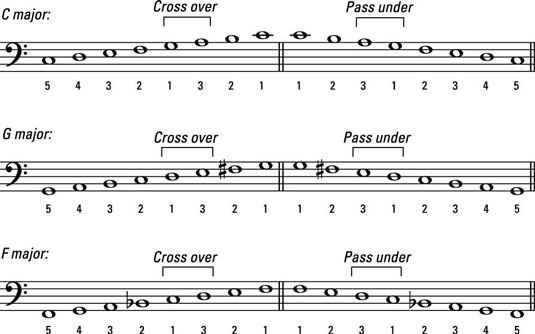


How To Play Left Hand Scales On The Piano Or Keyboard Dummies
Then, place your thumb (first finger) on Middle C by tucking it under your palm, your second finger on D, and your third on E Then, place your fourth finger on F sharp (The black key to the right of the F note) If you want to play one octave only, place your fifth finger on G, and you have finished the scaleImprove your speed, dexterity, and accuracy with the correct fingering for all minor scalesGet Full Course https//pianolessonwithwarrencom/downloads/theThe most common scales when playing the piano, are Major and Minor scales From each key on the piano you can start either a major or a minor scale All scales are made with a specific pattern of whole steps (tones) and half steps (semitones) All 12 major scales share the same pattern of whole and half steps between the notes



F Sharp Major Scale 2 Octaves Left Hand With Images Minor Scale Major Scale Left Handed Dubai Khalifa
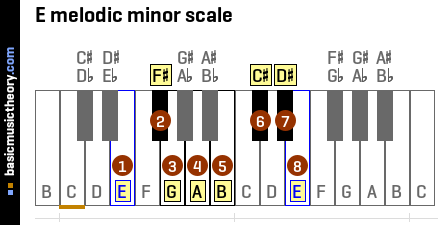


Basicmusictheory Com E Melodic Minor Scale
Eb Natural Minor Eb F Gb Ab Cb Db Eb (Relative major of Gb/F# Major) Click the links above to see the recommended fingering for these minor scales Altering the Natural Minor Scale In the classical piano repertoire, the harmonic and melodic forms of the minor scale are far more common than the natural minor So let's take a lookSo place Finger 1 at the 3rd fret and you will play the G Minor Pentatonic Scale (because the note on the 3rd fret of the 6th string is the note G) Place Finger 1 on the 8th fret and you will play the C Minor Pentatonic Scale (because the note at the 8th fret of the 6th string is the note C) The Scale Shapes Pattern 1 (CAGED Shape E)


Free Piano Exercise 5 Finger Minor Scales In 12 Keys



Basicmusictheory Com E Melodic Minor Scale


Q Tbn And9gcrfqytmowz6kyknol91ytl2fm2aihn5xqcacqalrw5elmzghu Usqp Cau



Jazz Piano Basics Practice Guide Pdf Practice Plans



Minor 251 Progression Pianogroove Com
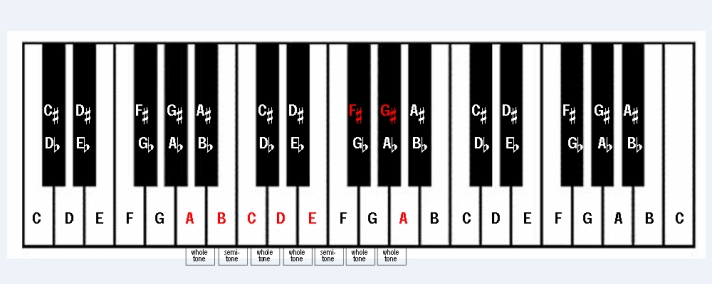


Melodic Minor Scales The Cello Companion


Piano Technique Applying Various Strategies To Unravel A Scale In 10ths Video Arioso7 S Blog Shirley Kirsten


The E Minor Scale Three Types How To Form


Em7 Chord On Piano E Minor Seventh E Minor 7



Piano Fingering Exercises Scales Chords And More



All Major And Minor Scales Including Fingering For Piano Oktav



The Complete Book Of Scales Chords Arpeggios Cadences Includes All The Major Minor Natural Harmonic Melodic Chromatic Scales Plus Additional Instructions On Music Fundamentals Piano Palmer Willard A Manus



Understanding Piano Scales Major Minor And Blues Scales Updated 21



Survival Of The Fittest A Reevaluation Of Traditional Scale And Arpeggio Fingerings Piano Magazine



D Minor Scale On Piano Piano Scale Lessons Right And Left Hand Youtube
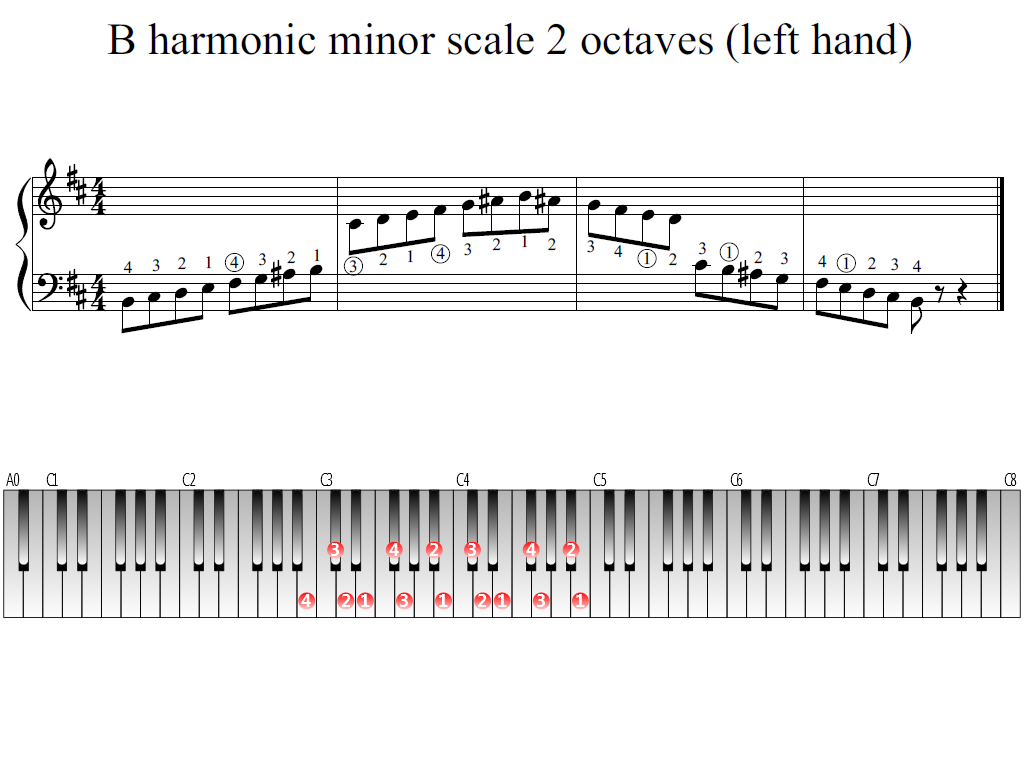


B Harmonic Minor Scale 2 Octaves Left Hand Piano Fingering Figures


Chords In The Key Of E Minor



Piano Scales Complete Guide With Examples



Harmonic Minor Scale Fingering Chart Download Printable Pdf Templateroller



Major Scale Wikipedia



Piano Anne Music Chords Piano Music Piano Sheet Music
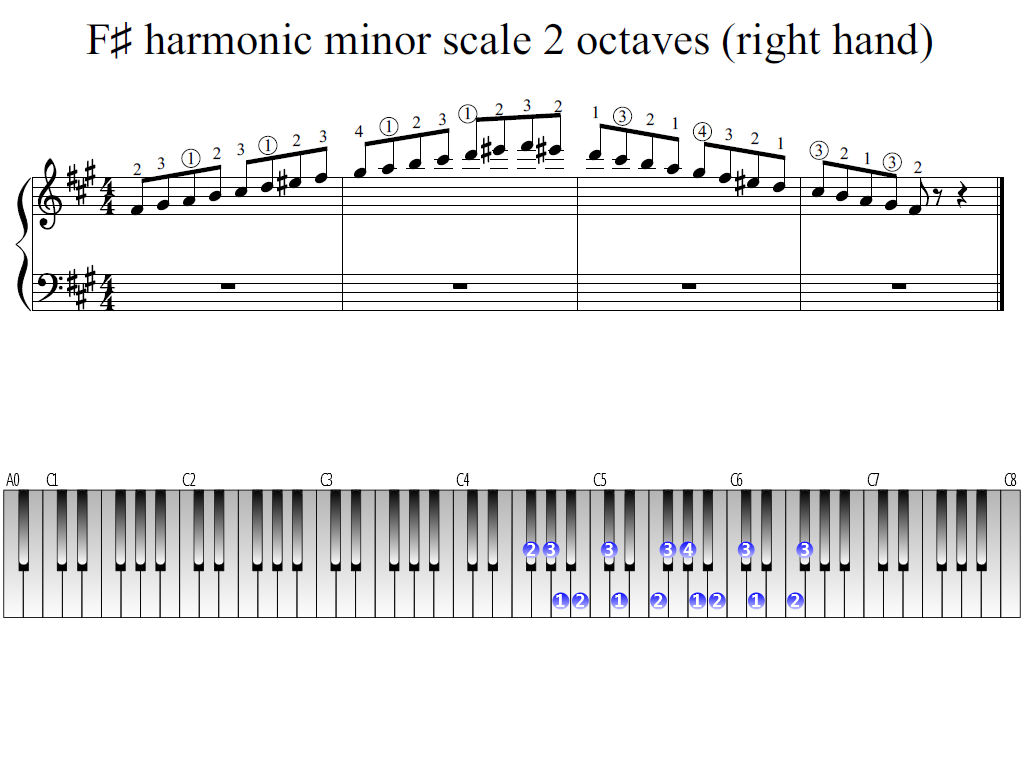


F Sharp Harmonic Minor Scale 2 Octaves Right Hand Piano Fingering Figures
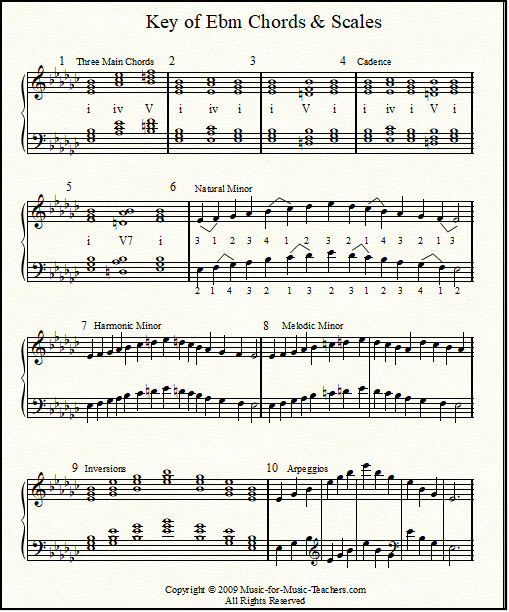


Harmonic Minor Scale And Chords Natural And Melodic Minor Piano Music Scales


Db Major Scale For Piano
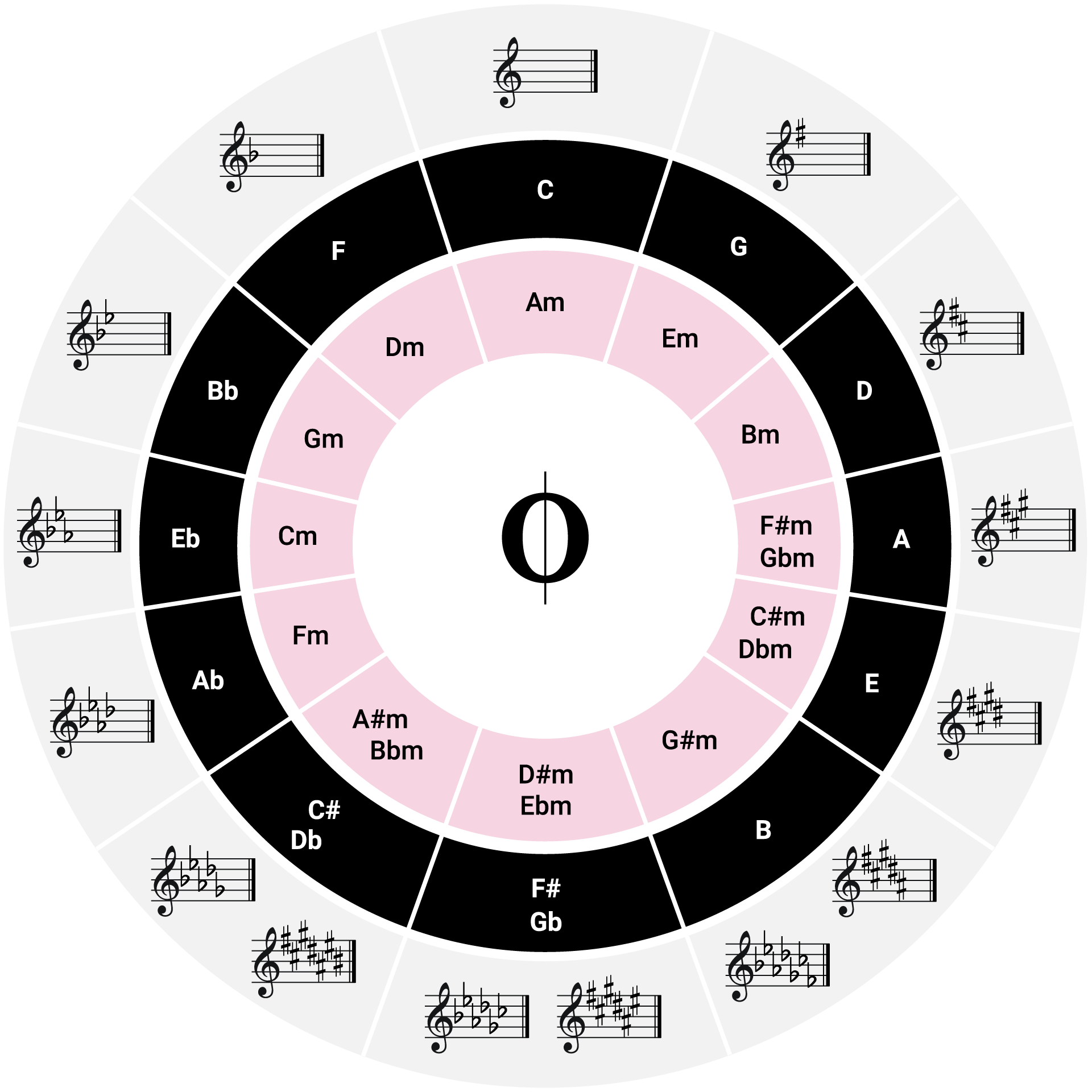


All Major And Minor Scales Including Fingering For Piano Oktav



E Minor Piano Grade 1 Youtube



Grade 2 Scales And Arpeggios My Piano Teacher


C Blues Scale For Piano
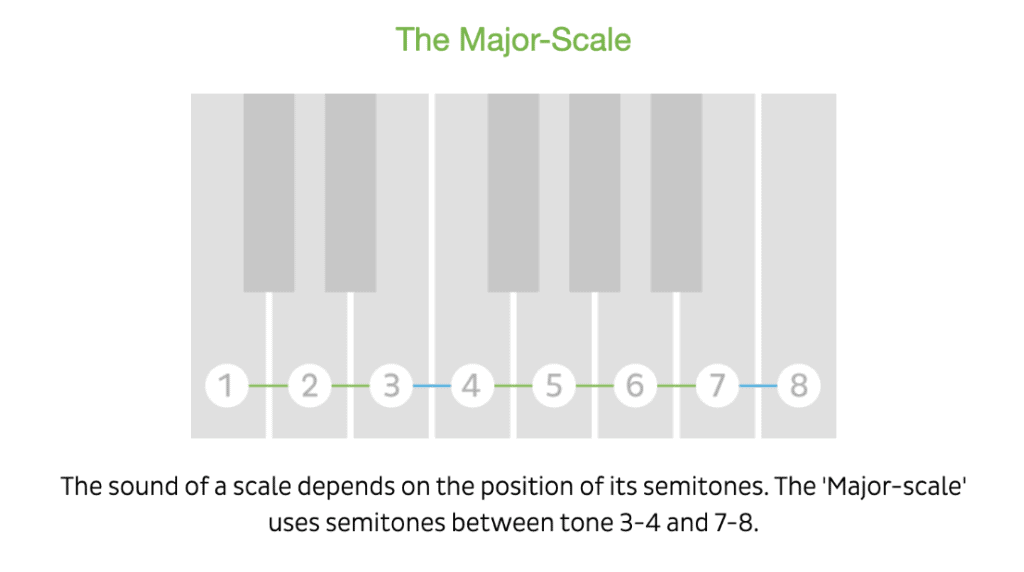


Understanding Piano Scales Major Minor And Blues Scales Updated 21



E Minor Piano Chord Em Em G Em B


Jazclass Piano Technique 5 Scales 2



Piano Minor Scales Overview With Pictures
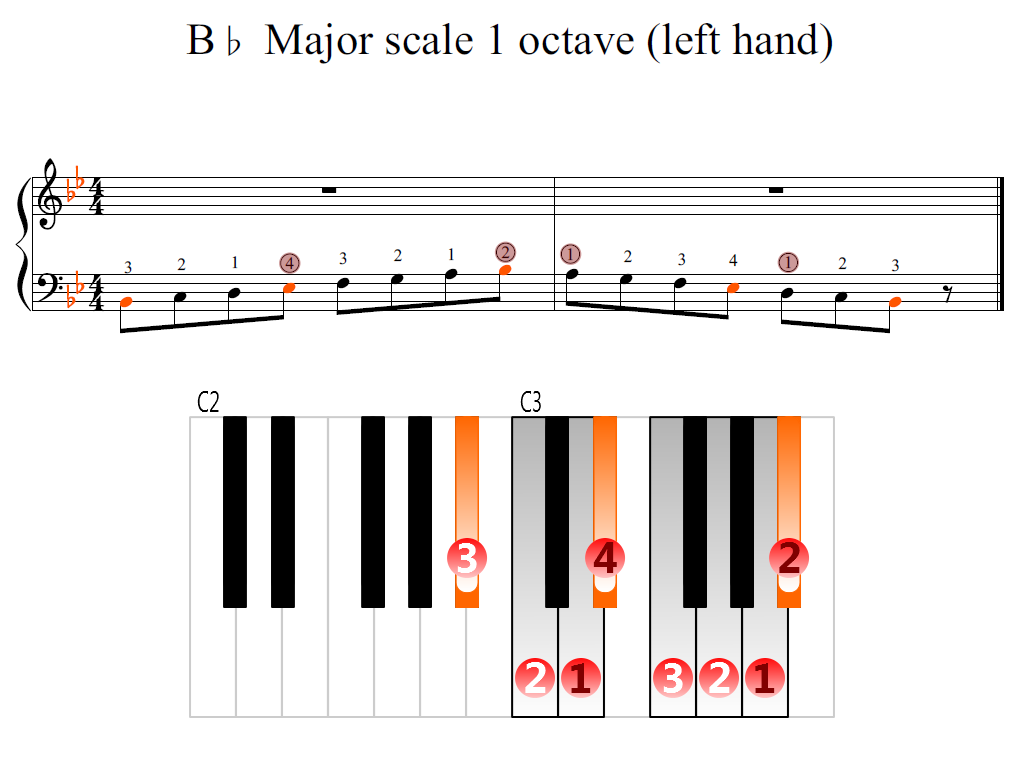


B Flat Major Scale 1 Octave Left Hand Piano Fingering Figures



A Minor Three Forms Scale Fingering 1 Octave Hands Separately Piano Youtube



Grade 2 Scales And Arpeggios My Piano Teacher



Piano Fingering
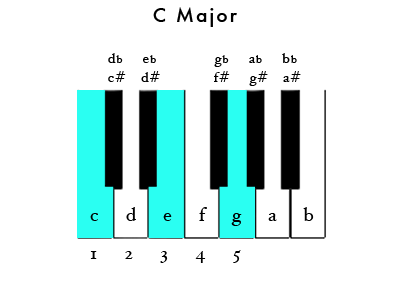


Piano Chords And Pop Examples Wikibooks Open Books For An Open World



Using Major And Minor Arpeggios To Improvise Liberty Park Music



F Major Scale 1 Octave Right Hand Piano Fingering Figures


Trumpet Fingering Chart For Beginners Essential Yookamusic Useful Musical Instruments Tips Practice Techniques
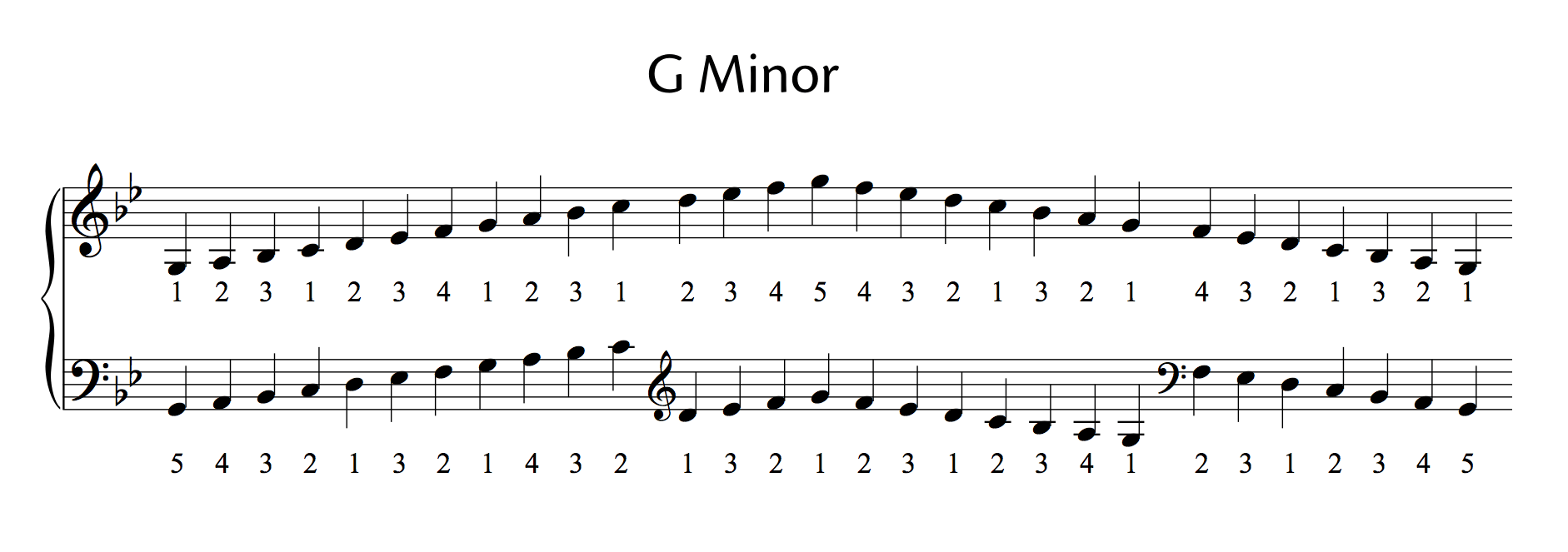


All Major And Minor Scales Including Fingering For Piano Oktav
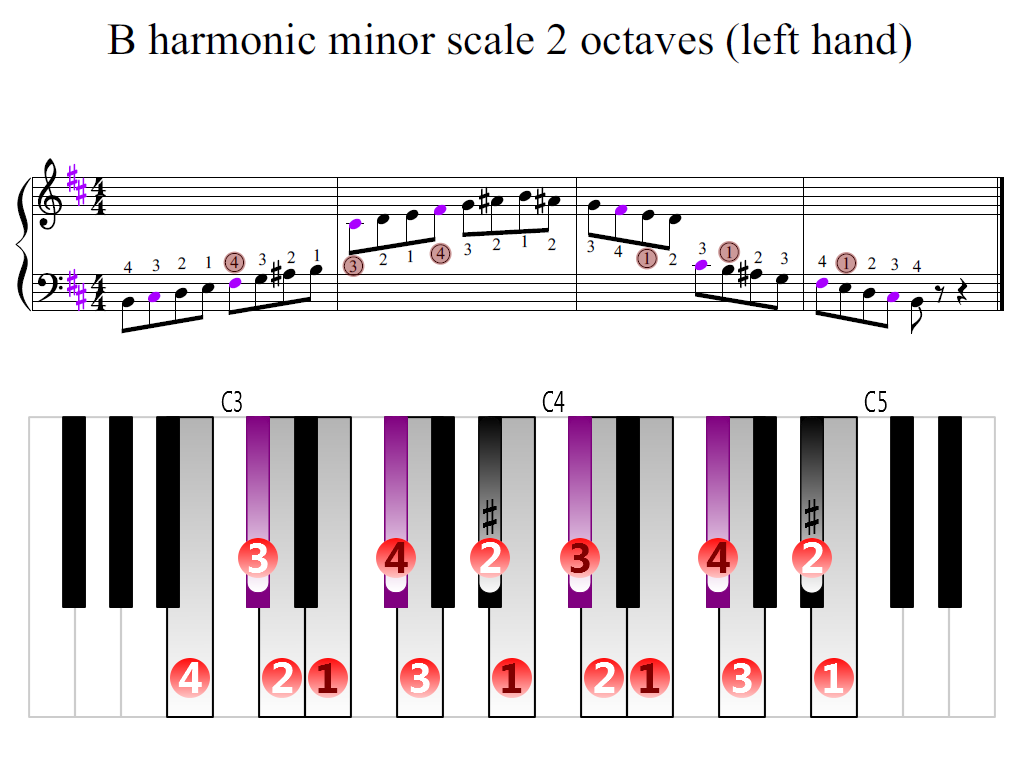


B Harmonic Minor Scale 2 Octaves Left Hand Piano Fingering Figures


Q Tbn And9gcss J2ksklbyfta61qwvypxyi46nfmky86wesqazepr0pg66sqy Usqp Cau



All Major And Minor Scales Including Fingering For Piano Oktav



E Minor Scales Similar And Contrary Motion Youtube



How To Play The F Minor Scale Both Hands One Octave Playground Sessions Youtube



The Minor Scales Music Theory Academy


The E Minor Scale Three Types How To Form



B Minor Scale Piano Bm Scale Right Left Hand Piano Tutorial Youtube
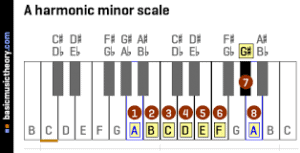


Understanding Piano Scales Major Minor And Blues Scales Updated 21



Survival Of The Fittest A Reevaluation Of Traditional Scale And Arpeggio Fingerings Piano Magazine



Survival Of The Fittest A Reevaluation Of Traditional Scale And Arpeggio Fingerings Piano Magazine


Jazclass Piano Technique 5 Scales 2



The B Minor Scales



All Major And Minor Scales Including Fingering For Piano Oktav



Are These Standard Piano Fingerings For The Blues Scale Music Practice Theory Stack Exchange
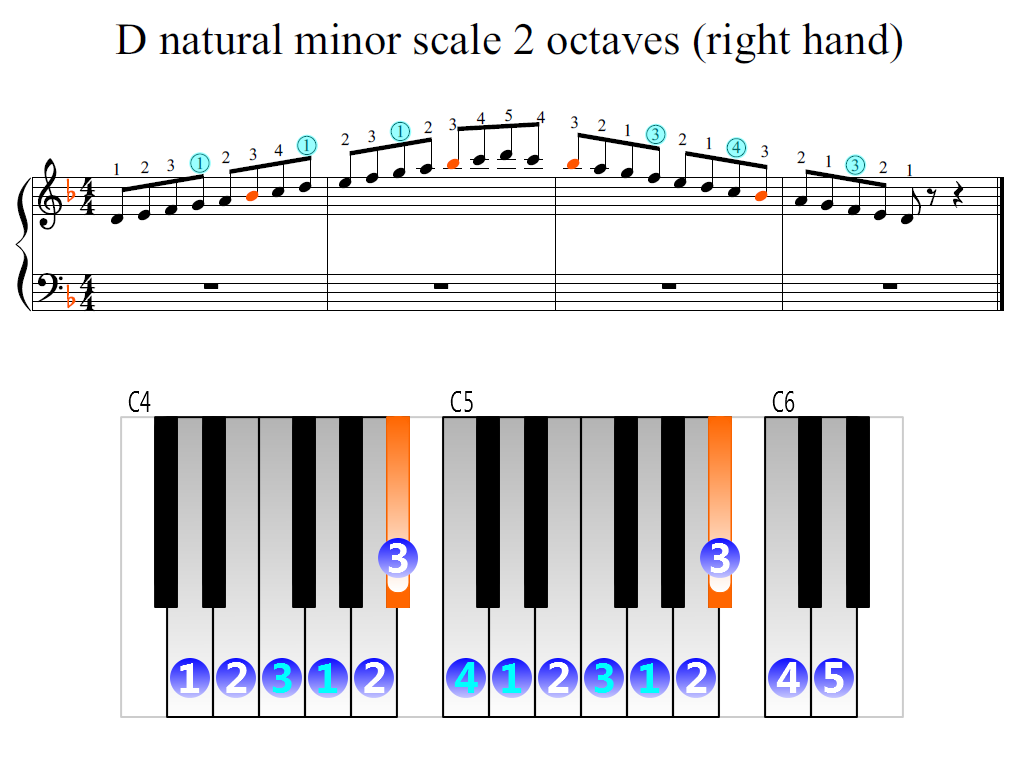


D Natural Minor Scale 2 Octaves Right Hand Piano Fingering Figures


Jazclass Piano Technique 5 Scales 2


Q Tbn And9gctecd569iuarpbjhgfjq0oygbvwu39r6h2l4icp4suyinlbhraw Usqp Cau



Piano Scales Complete Guide With Examples
/L1_bass_reading1a-56a72ed73df78cf772931b53.jpg)


Piano Fingering For The Left Hand



Great Blog For Major And Minor Scales And Chords Music Lessons Piano Chords Chart Minor Scale
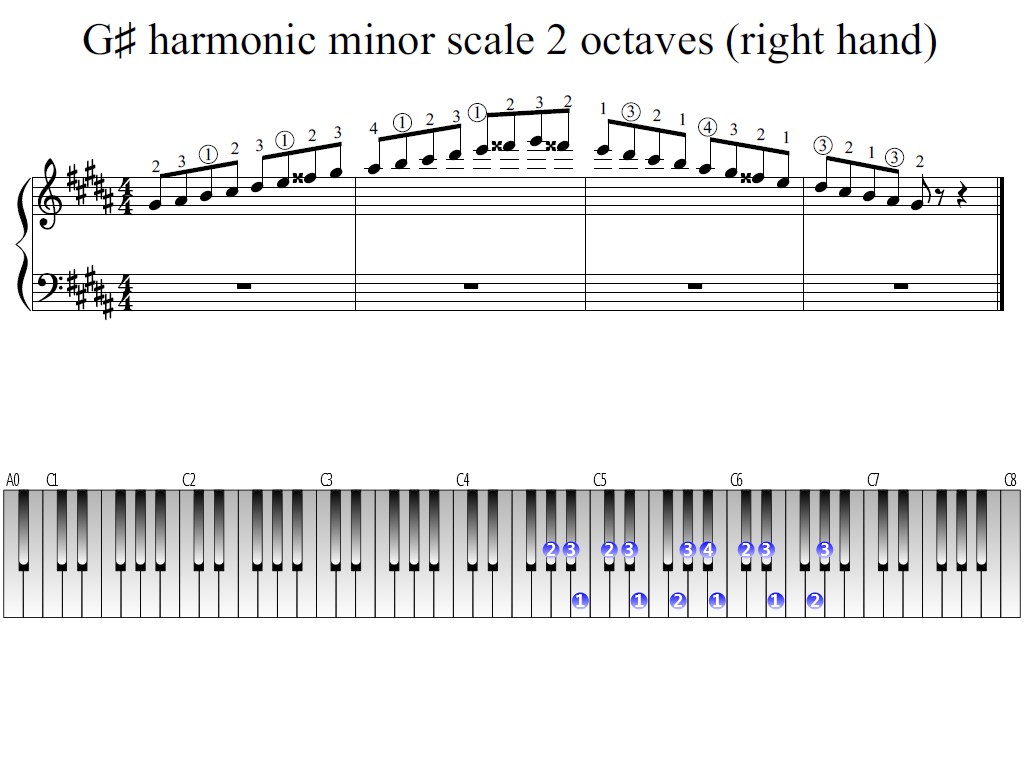


G Sharp Harmonic Minor Scale 2 Octaves Right Hand Piano Fingering Figures



Piano Chords For Beginners School Of Rock



All Major And Minor Scales Including Fingering For Piano Oktav



Beginners Guide Learning The E Minor 7 Piano Chords
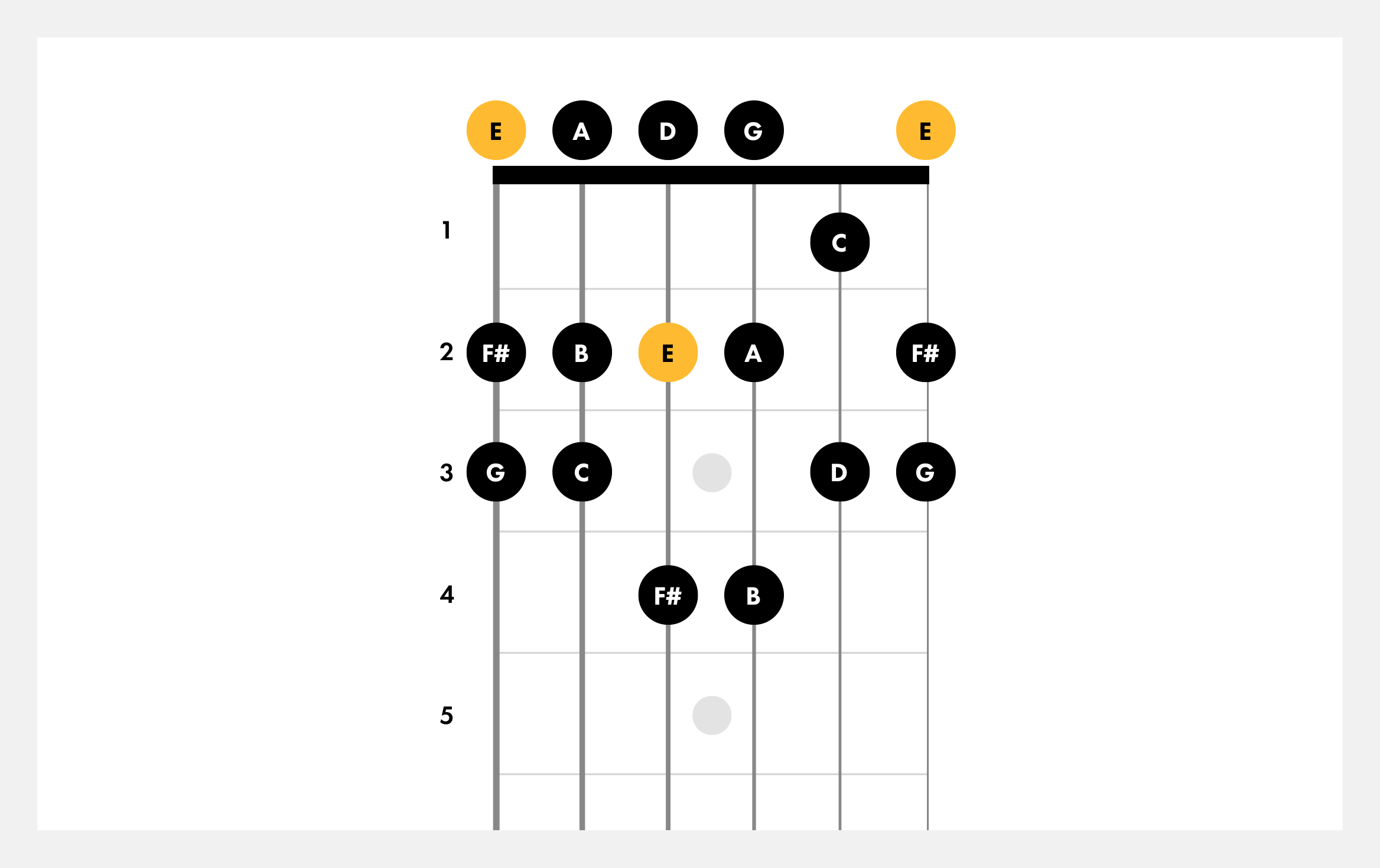


How To Play E Minor Guitar Scales Fender Play



Piano Instruction Chopin Prelude No 4 In E Minor Op 28 Teacher Shirley Kirsten Arioso7 S Blog Shirley Kirsten



E Minor Scale On Piano Piano Scale Lessons Right And Left Hand Youtube
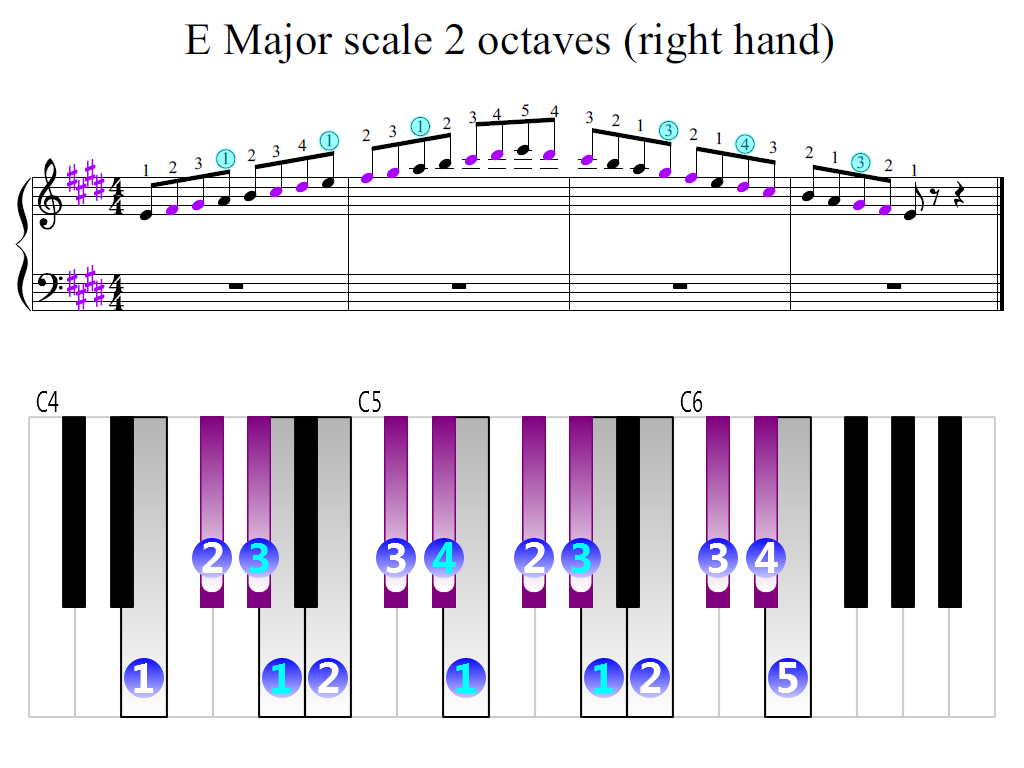


E Major Scale 2 Octaves Right Hand Piano Fingering Figures


The E Minor Scale Three Types How To Form



The Minor Scales Music Theory Academy



Piano Technique Studying Mapping Out The F Minor Scale And Arpeggio Video Arioso7 S Blog Shirley Kirsten



Piano Chords Ultimate Guide For Beginners


コメント
コメントを投稿